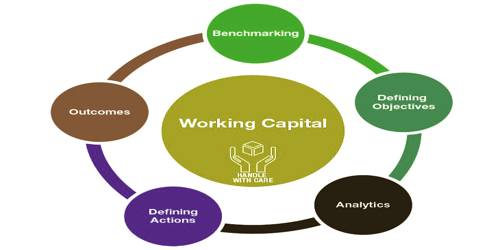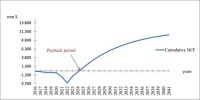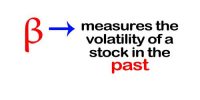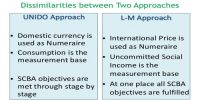Existence and growth of a firm depends on its working capital –
Working capital is the amount of a company’s current assets minus the number of its current liabilities. Working capital is the amount of a company’s current assets minus the number of its current liabilities.
The formula for working capital is Current Assets – Current Liabilities. Apart from the investment in fixed assets every business organization needs to invest in current assets.
For example, if a company’s balance sheet dated June 30 reports the total current assets of $323,000 and total current liabilities of $310,000 the company’s working capital on June 30 was $13,000. If another company has total current assets of $210,000 and total current liabilities of $60,000 its working capital is $150,000.
The adequacy of a company’s working capital depends on the industry in which it competes, its relationship with its customers and suppliers, and more. Here are some additional factors to consider:
- The types of current assets and how quickly they can be convened to cash.
If the majority of the company’s current assets are cash and cash equivalents and marketable investments, a smaller amount of working capital may be sufficient. However, if the current assets include slow-moving inventory items, a greater amount of working capital will be needed.
- The nature of the company’s sales and how customers pay.
If a company has very consistent sales via the Internet and its customers pay with credit cards at the time they place the order, a small amount of working capital may be sufficient. On the other hand, a company, in an industry where the credit terms are net 60 days and its suppliers must be paid in 30 days; the company will need a greater amount of working capital.
- The existence of an approved credit line and no borrowing.
An approved credit line and no borrowing allow a company to operate comfortably with a small amount of working capital.
- How accounting principles are applied.
Some companies are conservative in their accounting policies. For instance, they might have a significant credit balance in their allowance for doubtful accounts and will dispose of slow-moving inventory items. Other companies might not provide for doubtful accounts and will keep slow-moving items in inventory at their full cost.
In short, analyzing working capital should involve more than simply subtracting current liabilities from current assets.














